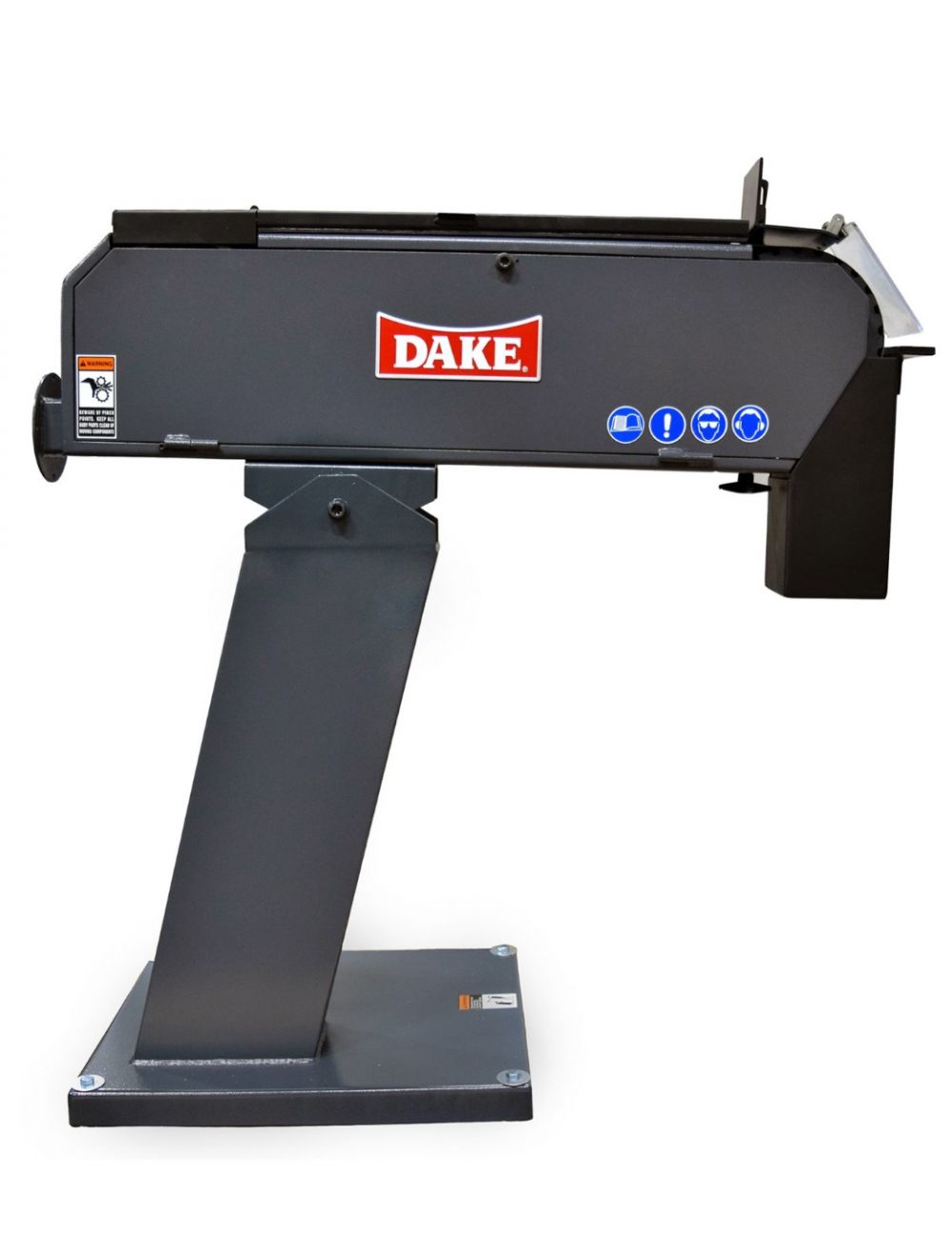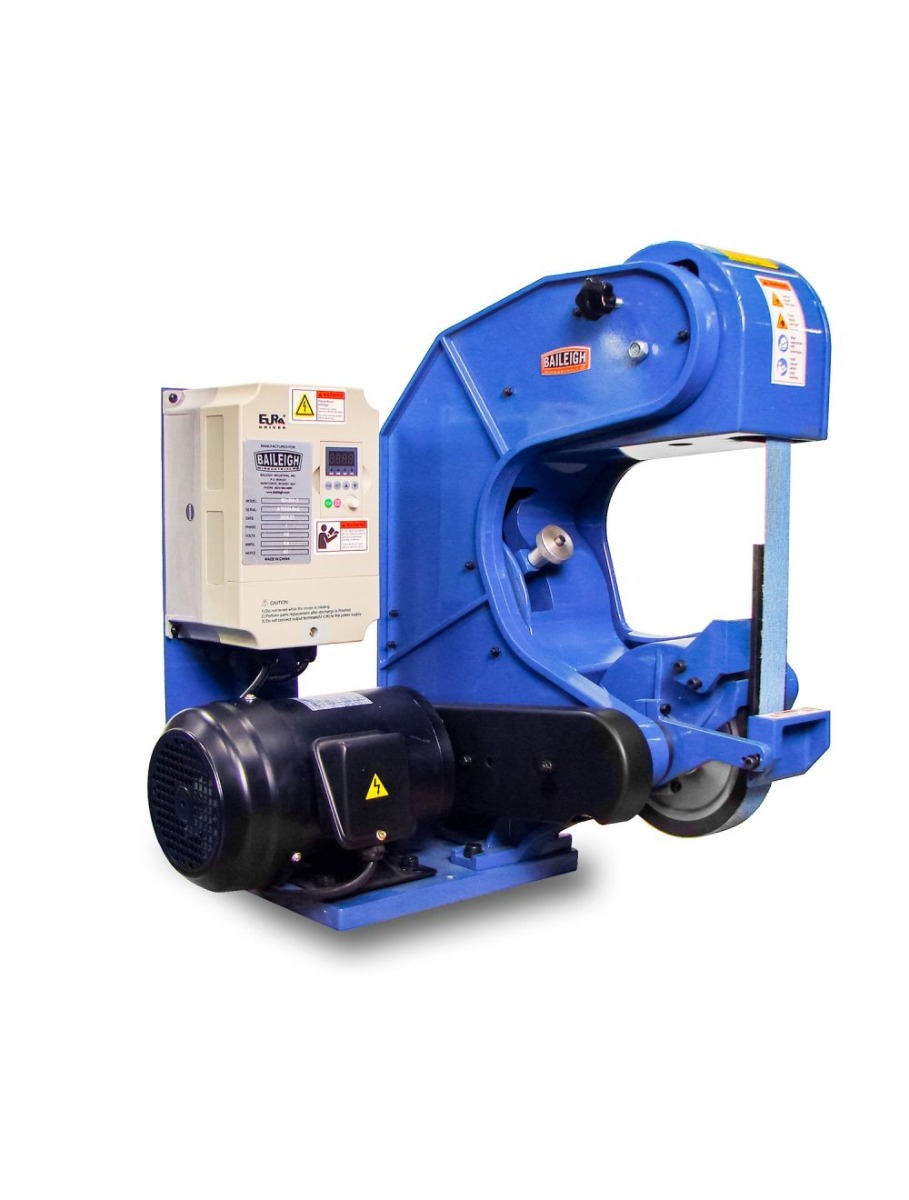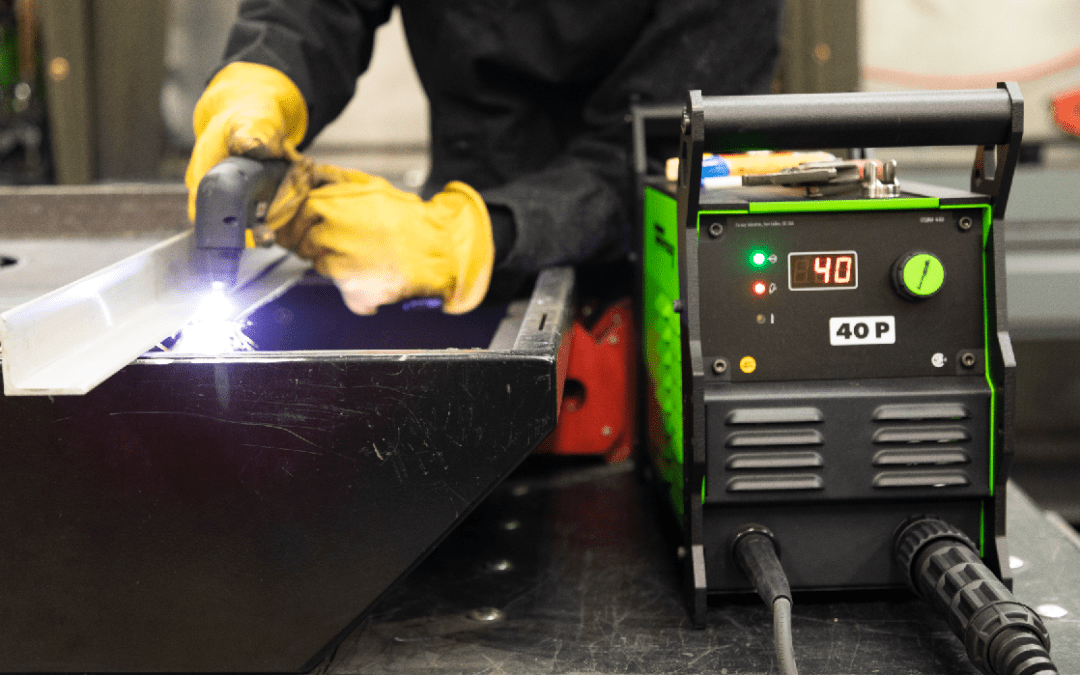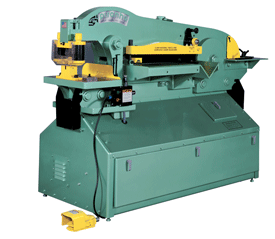FREE DELIVERY FOR WELDING*
* On Business Days - Purchases $100 or More
2.5% OFF By paying with Check, Wire or ACH
Online and Call-Ahead Orders
* Minimal Purchase Price $100
Basic Grinding, Beveling, & Deburring

Grinders are useful tools for many different types of edging. For metal, edging is extra important, as it is a huge determinant of quality.
Grinding, Beveling, & Deburring – The Basics
In certain industries, it can also be the deciding factor of if a metal is allowed to be sold. For example, in medical technologies, metals have to be grinded down to a distinct grained finish level in order to be FDA approved. To go into the basics, let’s dive into talk about 3 surface finishing types – grinding, deburring & beveling.
The Basics of Grinding
Grinding can be looked at by some as an art. It is equal parts precision, machine quality and thoroughness. Grinding can be done automatically and with manual appliances. For both metal and wood, let’s explain 3 types of grinding: Surface, cylindrical, and centerless:

Surface Grinders
Surface grinding produces a smooth finish on flat surfaces. For sheet metal, surface grinding usually consists of a spinning wheel that comes into contact with the top surface of the metal. The result is a flat and smooth finish, which is important for parts to fit together in a production setting.
Cylindrical Grinders
For cylindrical parts, cylindrical grinding helps to shape the outside of the object. Using a central axis of rotation, the grinder works by coming into contact with the outside surface. This is useful for any machinists looking to make piping, beams or other cylindrical parts. Since the part is typically spun around while the grinding wheel works, onloading and offloading of a lathe may be required. Because of this, it is much more manual than a similar grinding style – the centerless grinder.
Centerless Grinders
In a method similar to cylindrical grinding, centerless grinders are useful for cylinders. Instead of the part being fastened down and grinded by one wheel, in centerless grinding, there is no spindle or fixture used to locate and secure the workpiece. The piece is instead positioned between two spinning wheels, both rotating in the same direction at different speeds. The part rests on a work holding platform. Centerless grinding wheels are interchangeable and allow for different grits and shapes to be made. It can be useful on assembly lines for creating machine tools, and can be easily automated with conveyors loading and unloading parts.
What happens when lasers splatter over a part?
Laser cutting machines have upgraded themselves tremendously over the past decade. They can cut faster and with more precision. However, when it comes to cutting a clean edge, lasers still have their setbacks. When lasers cut, the heat melts and splatters bits of metal onto the edge of the part.
This is where deburring comes into play.
Deburring is what separates the small hobbyists from the large fabrication shops. Grinding metal with a hand grinder is useful, but when it comes to large sheet metal getting laser cut or sawed, deburring becomes a super useful process to giving the material a clean finish.
Rounding pipes with beveling
Beveling is an extremely important process with metal piping. It is an edge that runs perpendicular to the primary faces of the material, but not at a 90-degree angle. At a typical 37.5-degree angle, pipe beveling gives the parts the tilted edges they need to work with other pipes. For rectangular prism shapes too, beveling may be required to
Now with that being said about grinding types, why don’t you check out new grinding machinery from Direct Machines.
If you have any questions or would like to speak to our technical representatives, please contact us at [email protected] or at (781) 937-5655 for more.




